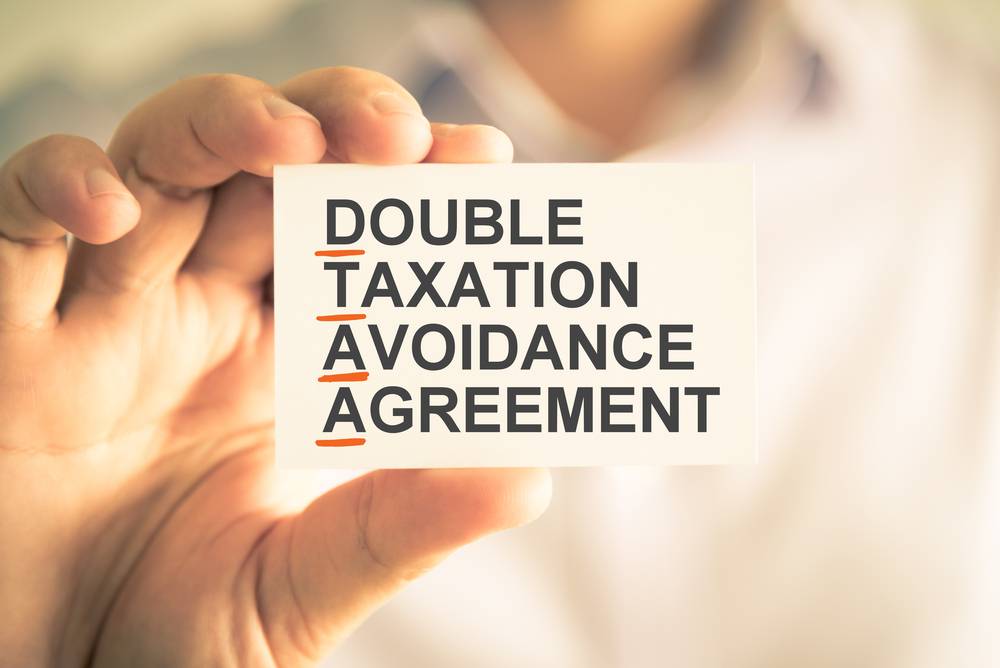
Double Taxation means taxing the same income twice for the same purpose earned in same period and in the same tax jurisdiction. When such income is taxed in two countries, the aggregate of the tax liability will form substantial part of his total income.
Double Tax Avoidance Agreement (DTAA) is a tax agreement between two or multiple countries to prevent double taxation of income earned in both countries. DTAA is an agreement between two countries that the income of non-residents should not be taxed both in their country of origin and in the country in which they live.
In 1920, the League of Nations had constituted a group of world-renowned four economists, Prof. Gijsbert, Prof. Edwin Seligman, Prof. Luigi Einaudi and Prof. Josiah Stamp to recommend certain international taxation rules with respect to allocating taxing rights under Double Taxation Avoidance for avoiding multiple taxes on the same Income. The group had recommended that dividing the right of taxation between the country of Residence and the country of source while recognizing the taxing rights. The current rules are no doubt the extension of those recommendations. Model forms were first prepared by the Fiscal Committee of the League of Nations in 1927. Its successor, United Nation’s Social and Economic Council had published its Model Convention in Geneva during April, 1976. Later the Fiscal Committee of the Organisation for European Economic Co-operation (OEEC) had published its draft version during July, 1963. Meanwhile, to succeed the OEEC, the Organisation for Economic Co-operation and Development (OECD) was established in September 1961. The draft version of OEEC was confirmed and named as OECD Model Tax Convention. They have been further modified in 1974, 1977 and very recently, say, in April 2019 it has been proposed to modify further to accommodate the latest developments. The OECD provides its own commentaries on the technical expressions and the clauses covered in the said Model Convention.
The DTAAs are based on four Models, namely,
Objectives of DTAAs
Below mentioned are some objectives of DTAA:
Duration and rates of DTAAs
Generally, these agreements will continue indefinitely until officially terminated by either party of the agreement. The rates and rules of DTAA will vary from country to country. For instance, TDS rates on interests earned will be charged either at 10 % or 15 %.
India DTAA
As far as India is concerned, its agreements are guided by the UN model of double taxation avoidance agreements. As said above, these agreements use to allocate jurisdiction between the source as well as residency. The agreements itself prescribes maximum rate of taxation to be charged in the source country which is generally lower than the rate of tax prevailing in that country. Sections 90 to 91 under Chapter IX of the Income Tax Act, 1961 deals with Double Taxation Relief. Accordingly, India has entered DTAA arrangements with 88 countries which include all varieties such as Comprehensive, Intergovernmental Agreement to improve international tax compliance, Limited Agreements, Limited Multilateral Agreements, Specified Associations Agreement, Tax Information Exchange Agreement and other agreements.
Honourable Andhra Pradesh High Court in CIT v. Visakhapatnam Port Trust reported in (1983) 144 ITR 146 (AP) held that the provisions of DTAA are as much as part of local tax law and that where something is taxable under the local law but subject to avoidance of tax under these agreements, the authorities at whatever stage of proceedings can and in fact are duty bound to give effect to the agreement.
Later with respect to effect of DTAA, the Honourable Karnataka High Court in R.M. Muthiah reported in (1993) 202 ITR 508 held that the effect of an Agreement would be –
In case of difference between the Income Tax Act, 1961 and the agreement or articles, the provision of the Income Tax Act, 1961 will prevail. Later, Hon’ble Supreme Court upheld this ruling in UoI v. Azadi Bachao Andolan reported in (2003) 263 ITR 706 (SC).
Availing of DTAA Benefit – In India’s perspective
Subject to subsist of DTAA Arraignments, a non-resident assesse must furnish a Tax Residency Certificate (TRC) or Form 10F obtained from the tax authorities of the other country where he resides. As said earlier, the income will be entirely exempted or it may be taxed at a lower rate. If it is taxable under DTAA arrangements, the non-resident assesse has to pay the tax in India and then claim the refund of such taxes paid against the tax liability in his home country.
However, India must wake up to the reality of the abuse of the DTAA provisions by multinational entities. Treaty shopping, a way of tax avoidance has become the order of the day. Entering DTAA arrangements with the rest of the world is remote. There are signs of formidable changes occurring in recent times such as revised DTAA with Mauritius, Singapore, Cyprus and other tax heavens. However, a complete revamp of the double taxation avoidance mechanism is need of the hour. The taskforce on Direct Tax Code, after consultation with OECD countries, can suggest suitable measures.
If you require any assistance with regard to the provisions of DTAA in assessing your tax liabilities, our team of tax experts can assist you.
We can also assist you in setting up your business in India, accounting, bookkeeping, payroll, auditing, taxation, secretarial compliances, and trademark registration, business structuring and advisory services. If you require any assistance in this regard, kindly click here